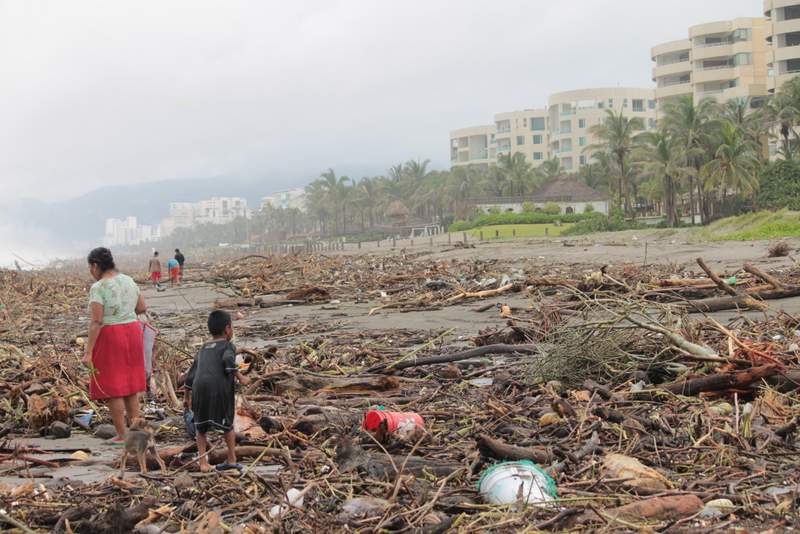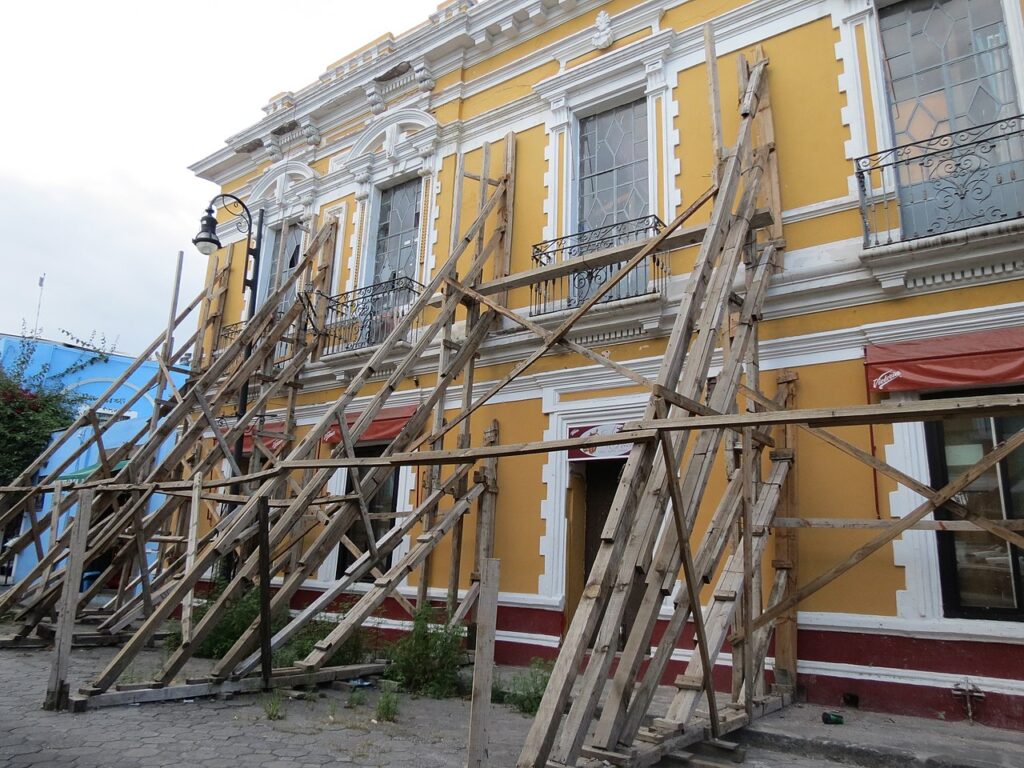Our three cities
Our three cities
The Smart Urban Resilience project focused on three sites: Acapulco, Puebla and Querétaro. We interrogated one previous disaster in each city, exploring how they unfolded and understanding what roles digital technologies and civil society organisations played. We also explored how digital technologies might have been used by civil society organisations and other relevant stakeholders, mapping potential ways to enable citizen action in DRR and emergency response.
We provide a short introduction to each event below.
Acapulco
Hurricane Ingrid and Tropical Storm Manuel (2013)
In mid-September 2013 two tropical depressions formed simultaneously in the Pacific and Atlantic coasts of Mexico. By September 14 both storms had gained strength and impacted the country simultaneously. In Acapulco, 169 people died as a result of this disaster. Additionally, flooding left Acapulco isolated, and led to shortages in food, and continuous harm and damage. Communities and towns were also cut out from communication and supply routes in other parts of the state of Guerrero.
Following this event, civil society and neighbourhood organisations protested against state and local authorities. Insufficient information; poor urban planning and infrastructure; and the priority placed on touristic infrastructures were some of the concerns and discontents raised then. Many of these issues were related to Acapulco’s unplanned urban development, and the lack of infrastructure construction, maintenance and repair – beyond the upkeep of touristic spaces (Rodríguez Estevez, 2017: 144-146).

Puebla
Earthquake (2017)
On 19 September 2017 a 7.1 Richter scale earthquake hit central Mexico. Its epicentre was not located in the Pacific coast, as it is most common, but instead it originated in the nearby state of Morelos. This meant that early warning systems did not work as planned and also resulted in significant damage in sites that are usually not heavily affected by seismic activity.
45 people died in the state of Puebla; 105 were injured and around 12,000 buildings were damaged, including 250 listed buildings. In the city of Puebla, seven people died across different buildings, including the Héroes de Reforma and the Lázaro Cárdenas schools. Universities, churches, shopping malls, and the local football were damaged. Two hospitals had to be evacuated, and several walls and other structures fell across the city. It is estimated that around 16.5% of all building in Puebla had been damaged. By early 2018 only 10% of them had received any kind of support, and 47.5% were not deemed fit for use (Rendón Rojas & Torres Almazán, 2018).

Querétaro
Flooding (2017)
The city has been historically affected by flooding, and the characteristics of recent urban growth have exacerbated flood risk, in particular as more land becomes urbanised and unable to absorb rainwater. In addition to changing land use, another problem identified is the lack of sufficient hydraulic infrastructure, and its unequal coverage. If population and urban growth continue at the projected pace, the risk of flooding will severely increase – with unequal impacts across the city of (González Sosa, 2018).
Unusually strong rains poured over Querétaro during the spring and summer of 2017 as a result of various storms and hurricanes hitting Mexico both on its Pacific and Atlantic coasts. Despite the fact that civil protection strategies were implemented as early as March, these rains caused severe damage and harm across the city. The main problem reported across media was flooding, which impacted the city as early as May and kept being reported as late as September . Authorities argued from the start that flooding was caused not only by the unusually strong rains, which poured the equivalent of two hours of normal rain in a period of 15 minutes, but also due to pollution and the poor maintenance of storm drains across the city . In addition, there are numerous reports of deaths taking place in direct connection to rains, as well as many damages in buildings across the city .

References
González Sosa, E. (2018). Propensión de las inundaciones históricas de los últimos 100 años en Querétaro. Revista Digital Ciencia@UAQRO, 11(1): 178-192
Rendón Rojas, L. & Torres Almazán, A. (2018) Impactos del sismo 19S en el corto y largo plazo. Revista Economía Actual, 11(1): 7-10
Rodríguez Esteves, J. M. (2017). Los desastres recurrentes en México: El huracán Pauline y la tormenta Manuel en Acapulco, Guerrero. Anuario Electrónico de Estudios en Comunicación Social “Disertaciones”, 10(2): 133-152